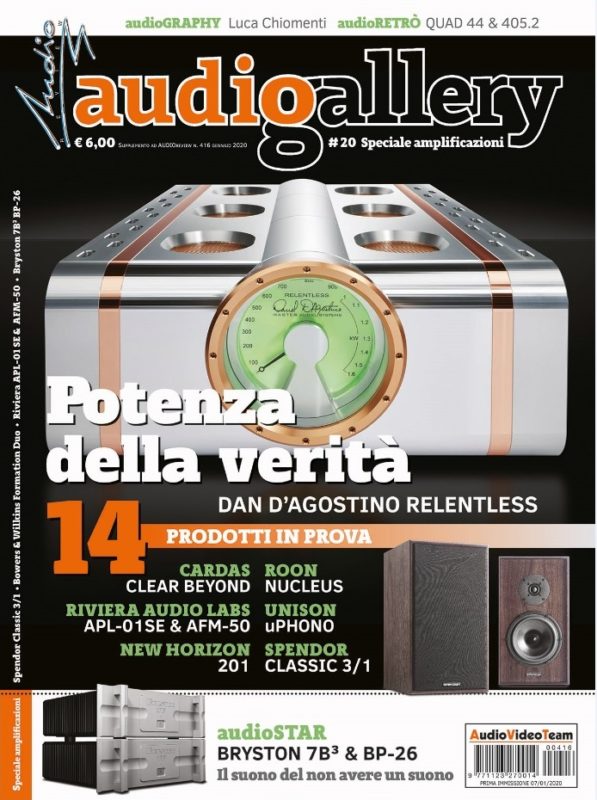Actually, this review was published for a while but I’ve been so busy with delivering EtherStream Network Switch and many other products so I forgot to publish this until now. I’m so sorry and also very thankful for you guys’ continuous support.
This review is written by Dawid Grzyb and is the first Fidelizer product review in HiFi Knights. It’s thoroughly investigated review with every nook inside examined and shown. Not that I mind since I also showed and explained what I did for personal use.
I like how he compare EtherStream to his reference USB reclocker and galvanic isolation components and see that he can find similar improvements on network at more affordable approach as below.
The micro iUSB3.0 reclocker and EtherStream were quite alike voiced to my ears. The former’s action was more audible, but as previously not by a lot. Once again I thought that better LAN cables could even things out a fair bit, but today’s skirmishes with my USB boxes weren’t important per se as one doesn’t replace the other. Their action stacks. These investigations were conducted mainly to ease my own curiosity, but also to find out whether Keetakawee’s box could keep up with two fine examples of iFi audio’s USB engineering and remain just as relevant elsewhere. If today’s put up against USB sorters strikes you as odd, all fundamentally shave excess noise and make music more liquid, that’s their common ground. That’s why the main disparity was in their different junctures of my setup, not audible job. Even handicapped by stock LAN cables and away from streaming services, Fidelizer’s deck held its ground very well all things considered. What this switch was able to accomplish in my room, was already not too shabby for its coin and sub-optimal conditions. Something tells me that supported by better LAN cables, PSU, and used with streaming services, it would go faster, bigger and bolder, but that’s a story for another time. What’s important now is EtherStream’s audibly potent and beneficial input, with no strings attached. Yes, please.
I didn’t send switch with Nikola linear power supply so reviewer can review network switch on its own merits but you can upgrade linear power supply for better sound quality too. You can read his full review and see his journey about network improvements for more details.






